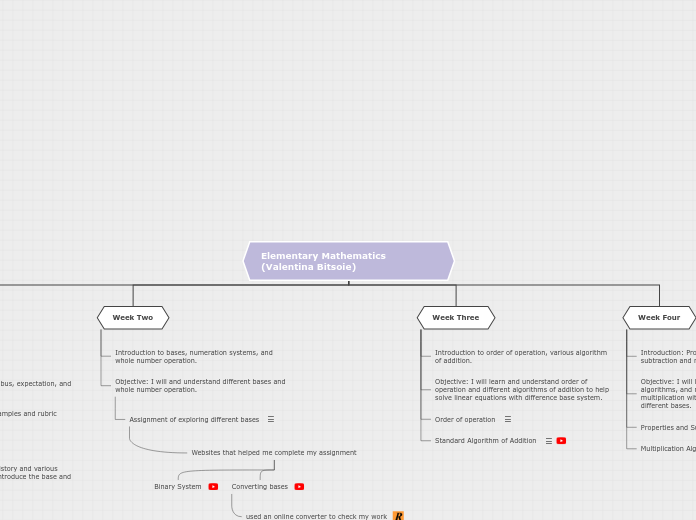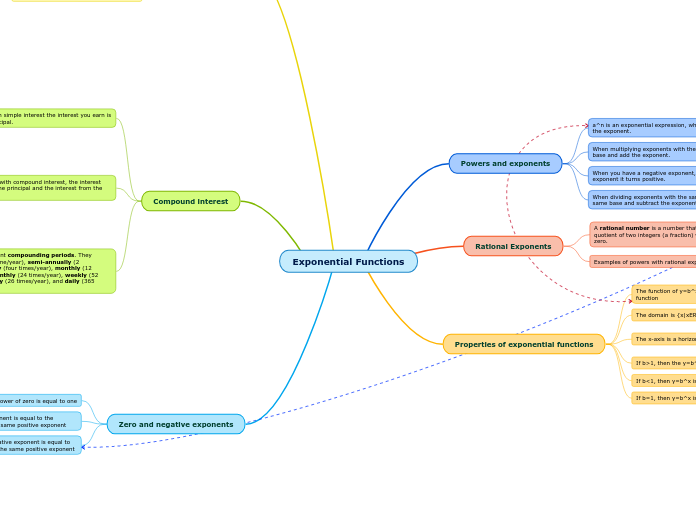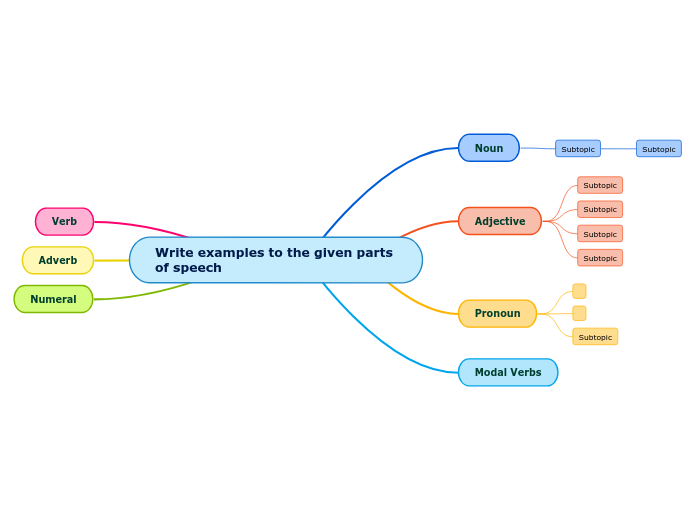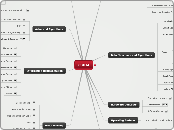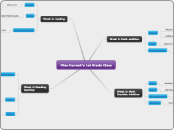Elementary Mathematics (Valentina Bitsoie)
Week Four
Multiplication Algorithms/Methods
Multiplication Methods:
Method 1) Build up
This method is build up from what we know or considered mental math.
Ex. 12(11)
start with 12(10)= 120
then add 12 more which equal 132
Method 2) Multiplication with base 10 blocks
This method is using base ten blocks as a table.
https://www.coolmath4kids.com/manipulatives/base-ten-blocks
Method 3) Multiplication arrays
This is the creating array of numbers to visualize the product. Like,
https://quizizz.com/_media/quizzes/b7e8e498-427c-4f08-850b-81ef6ddbb233_900_900
Properties and Subtraction Algorithms
Subtraction Algorithms:
Expanded Form: 56-23=
56-20=36
36-3=33
Equal Addends: 524-158=
534+42=576
-158+42=-200
376
Problems in Different Bases:
53 bases 6 -14 base six=
algorithms: equal addends
53 six -14 six
53 six+ 2= 55 six
14 six +2= -20 six
35 six
Objective: I will learn the different properties, algorithms, and methods for subtraction and multiplication with manipulative blocks to understand different bases.
Introduction: Properties and algorithms of subtraction and multiplication.
Week Three
Standard Algorithm of Addition
The YouTube video helped me understand how to do standard algorithm of addition in different bases.
Standard Algorithm:
521
+371
892
Partial Sums:
435
+389
400+300=700
30+80=110
9+5=14
=824
Lattice Algorithm:
similar to expanded algorithm and uses diagonals to achieve regrouping.
Column Addition:
4 9 7
+ 3 6 5
7 15 12
8 5 12
862
Adding with bases and using different algorithm
35 base nine
+57 base nine
0 1
8 3
103 base nine
Order of operation
Order of operation: Solved from left to right whether its
1) Parenthesis ()
2) Exponents (9^2)
3) Multiplication/Division
4) Addition/Subtraction
Objective: I will learn and understand order of operation and different algorithms of addition to help solve linear equations with difference base system.
Introduction to order of operation, various algorithm of addition.
Week Two
Objective: I will and understand different bases and whole number operation.
Assignment of exploring different bases
Assignment introduced how to convert base ten into other various bases. For example 100 base six converted to base ten is 36.
Websites that helped me complete my assignment
Converting bases
used an online converter to check my work
Binary System
Introduction to bases, numeration systems, and whole number operation.
Week One
Class Session One/Two
Learned the difference of units
Explored different bases; such as unit(cube) is one, long (a line of cubes) is ten, and a flat (single big square) is hundred. Then explored how it would look in different bases.
History of One:
Discussion: What was surprising to you about the number systems? That discovery of one and zero made a big impact to numeral system, but to our future as well. Example: technology was created by pattern of one and zero.
Objective: I will learn the history and various numeral systems that will introduce the base and binary system.
Intro to MTE 280
Mindmap Overview with examples and rubric
Professor introduction, syllabus, expectation, and overview.
